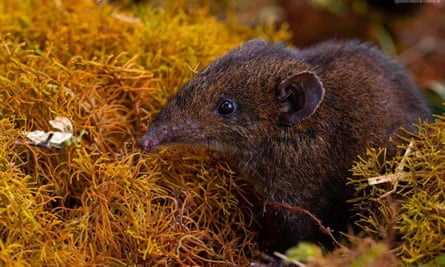Scientists have identified five new species of soft-furred hedgehogs from Southeast Asia.
Two of the species discovered are completely new to science, while three were elevated to subspecies level by researchers, who performed DNA analysis as well as detailed physical observations of the mammals.
The study analyzed physical specimens and tissue samples collected both from fieldwork and museum collections dating back decades.
Previously there were only two known species of soft-furred hedgehogs but the study, published in the Zoological Journal of the Linnean Societybringing the total to seven.
Arlo Hinckley, the study’s lead author and a Margarita Salas Postdoctoral Fellow at the Smithsonian National Museum of Natural History and University of Seville, said the research could help governments and other organizations decide how to prioritize conservation funding to protect biodiversity.
“It might surprise people to learn that there are still undiscovered mammals out there. But there is a lot we don’t know – especially the smaller nocturnal animals that are difficult to distinguish from each other.”

Soft-furred hedgehogs are small mammals belonging to the hedgehog family that have a long, pointed snout and are furry, rather than spiny. Scientists compared their appearance to a mixture of a mouse and a shrew with a short tail.
They are active both during the day and night, and are believed to eat insects and other invertebrates as well as fruit.
One of the new species, which had particularly long tusks, was named H. macarong, after a Vietnamese word for vampire (Ma cà rồng). It has dark brown fur, is about 14 cm long and is endemic to southern Vietnam.
The second, H. vorax, which is a little smaller at 12 cm long, has dark brown fur, a black tail and a very narrow snout. It is named after a description given by mammalogist Frederick Ulmer, who during a visit to Sumatra in 1939 described it as having a voracious appetite. The species is only on Mount Leuser in North Sumatra.
During the study, researchers collected 232 physical samples for observation, and 85 tissue samples for genetic analysis, collected from the field as well as from 14 natural history collections across Asia, Europe and the US.





